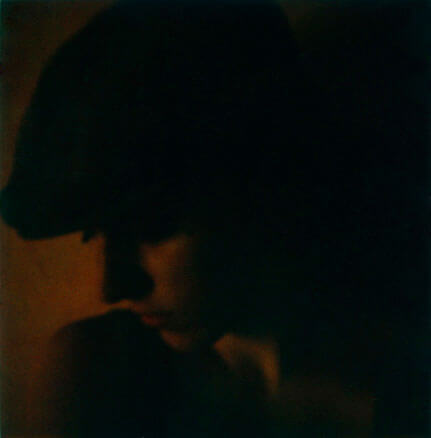Elise Boularan grew up in the South of France and has a Master's degree in Creation and Artistic Research from the University of Toulouse. She also studied photography at the Toulouse School of Photography. After finishing her academic research and studies, she moved to Paris. She currently lives between Paris and Toulouse, pursuing a career as a photographic artist.
She develops a photographic work turned to the story, realizing images loaded with ellipses and silences. This work does not shy away from the world, but intends to build an interpretation, where something deaf, undefinable is very present. Her preoccupations concern the human reality of our time, trying to reveal what can be secret at the individual's.
She has been published extensively and has exhibited in Europe and the USA, notably in Madrid, Denmark, and New York, as well as the French Institute of Ukraine, The Museum of New Art (Mona) and The Russell Industrial Center (Mona Detroit) in Detroit; the Instituto Cultural de México, San Antonio, Texas Hill Country, Usa. Her work is in several private collections.
Elise Boularan works also for international & national press and collaborates with musicians and other artists, making the universe of songs match perfectly with her poetical vision.
All about photo: When did you realize you wanted to be a photographer?
I had already done specialized studies in photography, but I remember I really got caught by the photographer' syndrome when I was in Belgium.
Do you spend a lot of time editing your images? For what purpose?
After the shooting. there is a lot of work. I don't retouch a lot my images or give this impression... But I spend a great deal of time to select and to see which images work together. It's a difficult and very interesting work.
The compliment that touched you most?
Indeed, there is a compliment which particularly touched me some years ago in Paris. A compliment coming from one of my references photograph, a famous photographer who has a remarkable work. When we met us, she wanted to discover my work and it was unexpected for me to have compliments on my work from her. And the next day, she phoned me to thank me, because my work had motivated her to boost in her creations again.
Is there another job you could have done?
No, I don't think so. But it's a good question because we should make no mistake about it, the artistic crafts aren't easy so we can have this kind of questions. But my answer is no.
